The Truth Behind the Whiskers: Debunking Adoption Myths
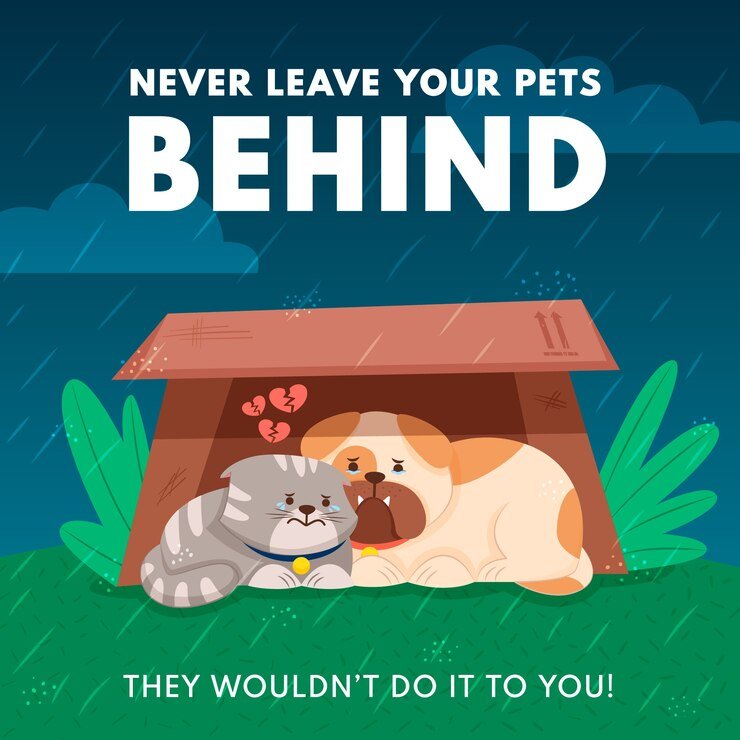
Myth: Only “perfect” families can adopt.
Fact: Anyone with passion and love can provide a happy home for a pet. Shelter staff help find the right match for your lifestyle!
Myth: Shelter animals are broken or unhealthy.
Fact: Most shelter animals are loving companions! Many are surrendered due to life changes, not behavior issues. Health checks are routine.
Myth: Adopting is expensive and complicated.
Fact: Adoption fees are often less than breeders. Shelters offer resources and support to make the process smooth and rewarding.
Myth: Senior pets are less fun.
Fact: Senior pets bring wisdom and loyalty and require less training. They deserve a loving retirement home!
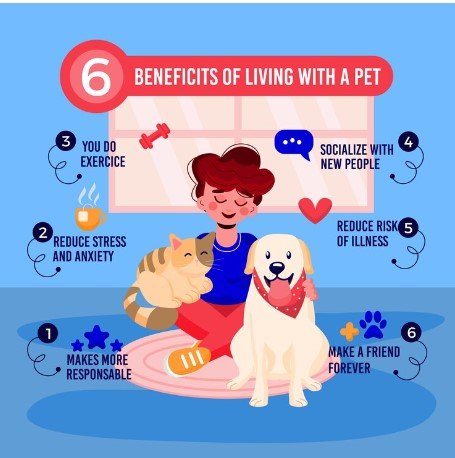
Myth: My lifestyle isn’t right for a pet.
Fact: There’s a perfect pet for everyone! From lap cats to adventure dogs, consider your needs and find the furry friend who fits your life.
Pet Adoption Costs – Demystifying the Dollars and Woofs
Picture this: you’re surrounded by wagging tails and curious eyes, each pup and kitty vying for your attention. That familiar ache in your heart whispers, “Bring them home!” But hold on, superhero. Before you launch into full-blown pet parenthood, let’s talk wallet-speak. Adopting a furry friend is a joyride, but just like any adventure, it’s good to map out the financial bumps in the road. So, grab your favorite coffee (or paw-sicle!), future pet parent, because we’re about to unpack the truth behind adoption costs and set you up for snuggle success!
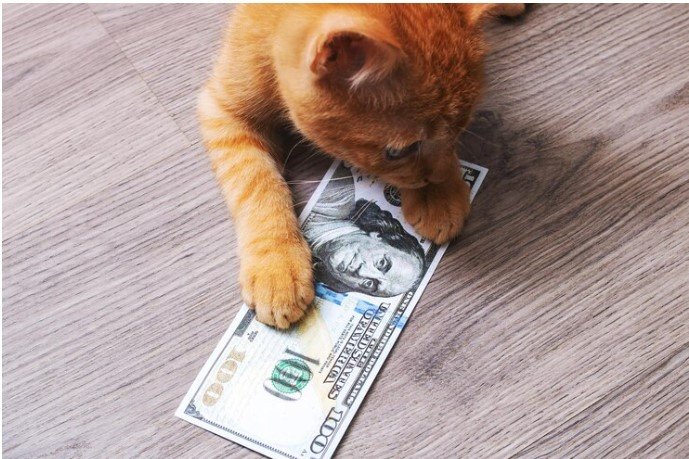
Adoption Fees: These vary depending on the animal’s age, breed, and shelter/rescue organization. While purebreds might cost more, many shelters offer wonderful mixed-breed companions for significantly less. Expect fees to range anywhere from $50 to $300.
Medical Care: Shelters generally provide essential vaccinations and spaying/neutering, but additional vetting, like microchipping or flea/tick prevention, could add to the initial cost. Budget around $100-200 for these extras.
Food and Supplies: Pet essentials like food, bowls, toys, and a comfy bed are necessary investments. You can personalize this based on your budget and pet’s needs. Estimate $50-$150 monthly for food and around $100 for initial supplies.
Unexpected Expenses: Pet insurance, emergency vet care, and ongoing training classes are possibilities to consider. While not guaranteed, having a savings buffer for these situations is wise. Plan for $50-$100 monthly savings.
The Good News: Remember, adoption itself is often significantly cheaper than purchasing from breeders. Shelters often offer discounts, adoption events, and financial assistance programs. Also, remember, adopting often comes with free lifelong joy and unconditional love – priceless treasures!
Before you open your wallet:
- Assess your budget: Be realistic about your ongoing financial commitment.
- Contact shelters: Discuss their specific fees and any potential discounts.
- Research pet needs: Different breeds and sizes have varying cost considerations.
- Prioritize essentials: Start with necessities and gradually add other goodies.
Finally, remember, adopting isn’t just about the initial expenses – it’s an investment in a lifelong family member. The love, companionship, and joy a rescued pet brings are truly priceless. So, crunch the numbers, open your heart, and prepare to welcome a furry friend into your life – the rewards are priceless, and the expenses…well, they’re just woof and meow change compared to the joy you’ll receive.
my pet health

Forget dog-gone diseases and cat-astrophic messes! Embrace a world of wagging tails and purring bliss with our guide to Pet Health & Wellness. Uncover the secrets to keeping your furry friend fit, fabulous, and full of life.
Think beyond kibble and cuddle puddles:
- Nutrition know-how: Master the art of feeding for fur-bulous health, from puppy plates to senior suppers.
- Exercise adventures: Unleash the inner athlete in your pet with fun, breed-specific activities that get tails wagging and hearts pumping.
- Preventive care: Stay ahead of the pack with essential vet checkups, vaccinations, and parasite protection.
- Mindful moments: Nurture your pet’s emotional well-being with interactive play, brain-teasing games, and stress-busting cuddles.
- Holistic happiness: Explore alternative therapies, natural remedies, and pet-friendly environments for complete mind-body harmony.
Our treasure trove of tips:
- Decode those woofs and meows: Learn to read your pet’s body language and understand their subtle signals.
- DIY doggone delights: Whip up healthy, homemade treats that taste purrfectly scrumptious.
- Turn bath time into bliss: Discover gentle grooming techniques for silky coats and sparkling smiles.
- Stay paw-sitive: Learn to handle common behavioral issues with understanding and gentle guidance.
- Embrace the silver fur: Celebrate the joys of senior pets and provide them with the care they deserve.
Join the pack of savvy pet parents! Follow our blog for expert advice, heartwarming stories, and endless inspiration to ensure your furry friend lives a long, happy, and healthy life.
How to identify a responsible breeder
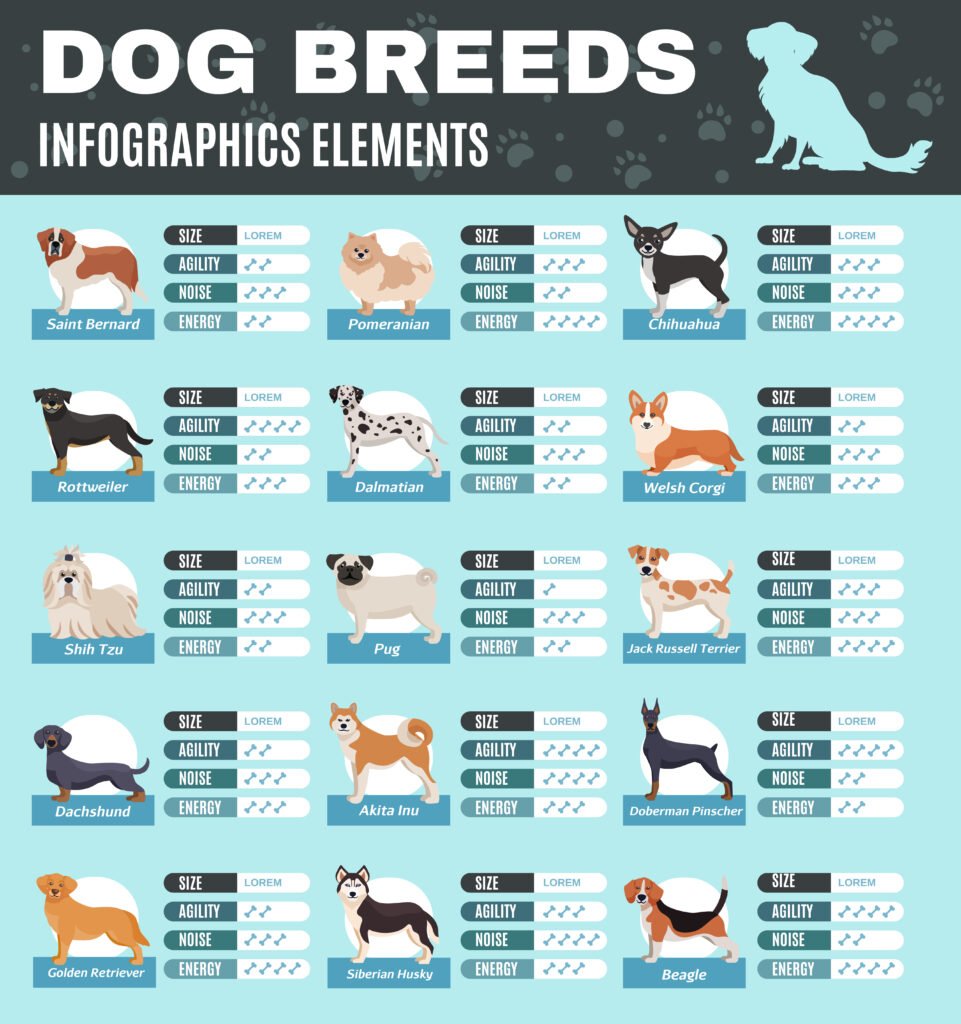
Puppy dog eyes. Playful paws. Snuggle puddles of fluff. The undeniable charm of a new furry friend can melt even the iciest heart. But before you get swept away by cuteness overload, let’s pause and wag a paw for responsible breeding. It’s not just about pedigree papers or designer breeds; it’s about ensuring the well-being of future generations of pups and building a kinder, more ethical way to welcome pets into our lives.
Here’s why responsible breeding deserves a standing ovation:
Healthy Pups, Happy Homes: Responsible breeders prioritize health above all else. Genetic testing, responsible lineage selection, and proper healthcare for breeding animals significantly reduce the risk of inherited diseases and ensure happy, healthy lives for pups long after the initial cuteness wears off.
Breaking the Cycle, Healing Hearts: Overpopulation of shelters and the heartbreaking reality of countless homeless pets often stems from irresponsible breeding practices. By advocating for ethical breeding, we can contribute to reducing this burden, allowing shelters to focus on the animals already in need and opening doors for responsible breeders to provide healthy, loving homes to deserving pups.
Building a Better Future: It’s not just about individual pups; it’s about the future of pet welfare. Responsible breeding practices set a higher standard for the entire industry, promoting ethical and sustainable ways to bring families and furry companions together.
How You Can Be the Pawsitive Change:
- Educate yourself and others: Spread awareness about the importance of responsible breeding and the pitfalls of puppy mills and backyard breeders.
- Support responsible breeders: Seek out breeders who prioritize health, ethical practices, and transparency. Ask questions, visit their facilities, and choose breeders who prioritize the well-being of their animals.
- Consider adoption: Open your heart and home to a deserving rescue pet waiting for a second chance. Every adoption makes a difference.
Remember, even the tiniest paw prints can leave a significant mark. By advocating for responsible breeding, you’re not just wagging your tail for pups, you’re wagging it for a kinder, more responsible future for all pets and the humans who love them. So, let’s raise our voices, spread the word, and unleash the positive change that starts with one responsible, paw-sitive choice.
Introduction
The journey of dog adoption has been a transformative and heartwarming experience. As a dog lover, I decided to open my heart and home to a furry companion in need. This journey has been filled with joy, challenges, and the invaluable lessons that come with the territory.
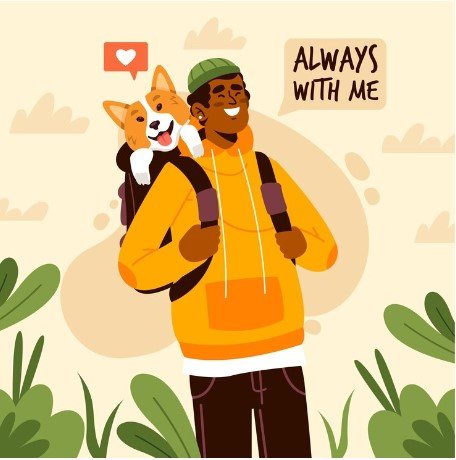
Choosing Adoption
Opting to adopt rather than shop was a conscious decision driven by a desire to make a positive impact on a dog’s life. Shelters and rescue organizations provide a second chance for dogs in need, and the opportunity to be a part of that mission was something I couldn’t resist.
The Search
Browsing through shelters and rescue websites, I encountered a myriad of personalities, sizes, and breeds. It was essential to find a dog that matched not just my lifestyle but also one with whom a genuine connection could be formed.
Meeting ‘The One’
The day I met my future companion was a moment of sheer serendipity. Our eyes locked, and an instant connection was forged. The bond was undeniable, and I knew I had found my four-legged soulmate.
Challenges and Rewards
Every adoption journey comes with its own set of challenges. Whether it was addressing previous traumas or adapting to a new environment, patience and understanding were key. However, the rewards far outweighed the challenges. Witnessing my dog’s transformation, from a cautious newcomer to a joyful, trusting companion, has been immensely gratifying.
Life Together
Our shared adventures, playful moments, and the unwavering loyalty my dog exhibits daily have enriched my life beyond measure. The unconditional love and companionship forged through adoption create a unique and profound bond.
Conclusion
My dog adoption journey has been a remarkable chapter in my life. Choosing to adopt not only changed the life of my canine companion but also enriched my own in ways I never anticipated. The experience serves as a testament to the incredible impact that dog adoption can have, fostering a connection built on love, trust, and the shared journey of life.
They say every dog (and cat!) has its day. But sometimes, their day comes a little later, wrapped in a second chance and overflowing with boundless love. These are the days we celebrate: the heartwarming tales woven from the threads of adoption success stories.

From Rescue to Redemption
One remarkable success story involves Max, a timid shelter dog with a traumatic past. Adopted by the Johnson family, Max’s journey from fear to trust became an inspiration. With patience and love, the Johnsons witnessed Max blossom into a joyful, confident companion, proving that redemption is possible for every shelter pet.
The Healing Power of Connection:
In another touching tale, Lucy, a rescued cat, found solace in the company of 8-year-old Emily. Despite Lucy’s initial shyness, the duo formed an unbreakable bond. Lucy’s presence became a source of comfort for Emily, illustrating the therapeutic power of the human-animal connection in healing emotional wounds.
A Second Chance at Happiness:
Meet Charlie, a senior dog whose adoption story is a testament to the enduring joy that older pets bring. Adopted by the Thompsons, Charlie defied stereotypes associated with age, filling their home with laughter and warmth. Charlie’s story underscores the immeasurable happiness that comes with offering senior pets a second chance at a loving home.
Small Paws, Big Impact: Sometimes, the tiniest paws leave the most significant impressions. Peanut, a rescued guinea pig, brought immense joy to the Miller family. Despite his small size, Peanut’s vibrant personality and affectionate nature added a new dimension to the Miller household, proving that the impact of adoption knows no size limits.
Conclusion:
These adoption success stories serve as powerful reminders that every adoption is a transformative journey—a journey fueled by compassion, resilience, and the extraordinary capacity of animals to love and be loved. As we celebrate these heartwarming tales, we are reminded that the true measure of an adoption’s success lies in the symphony of love created when a pet finds their forever home.




